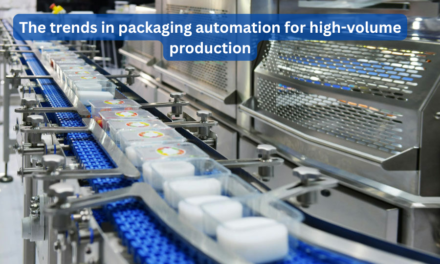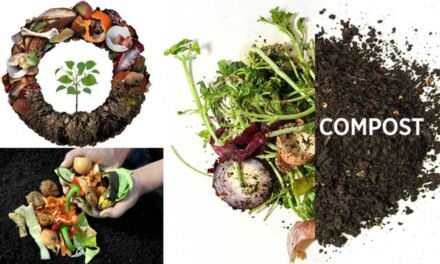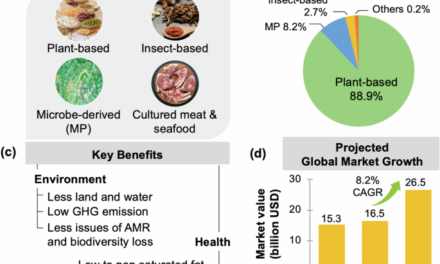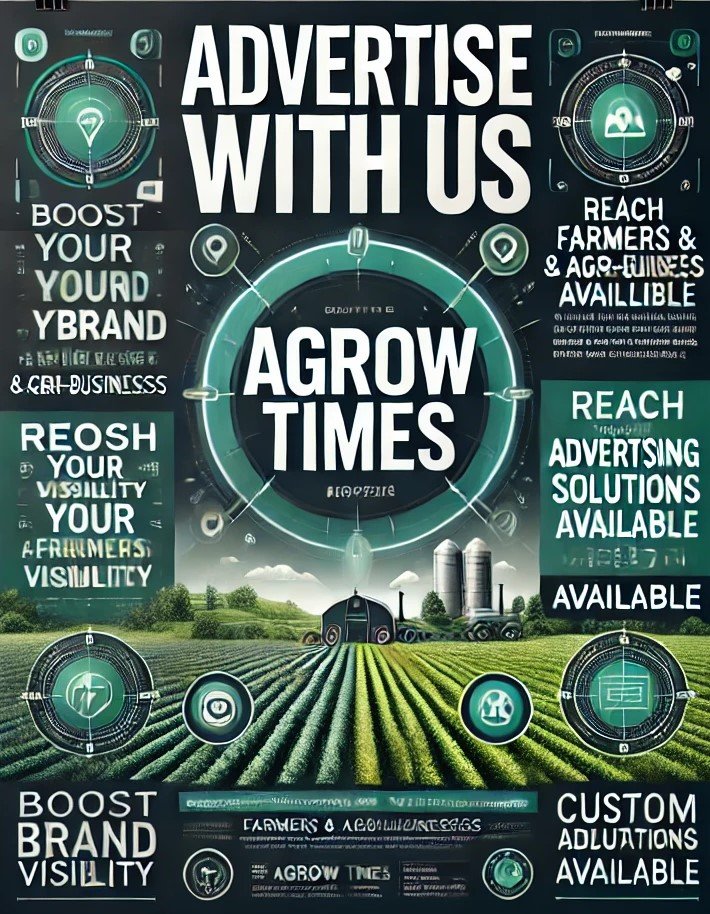Food processors employ various strategies and technologies to ensure product safety and quality, adhering to regulatory requirements and meeting consumer expectations. Key practices include:
1. Implementing Good Manufacturing Practices (GMP)
- Sanitation: Regular cleaning and disinfection of equipment and facilities to prevent contamination.
- Hygiene Training: Educating employees about hygiene practices, such as wearing protective gear and avoiding cross-contamination.
- Facility Design: Structuring processing plants to maintain a smooth flow of raw materials and finished products, minimizing contamination risks.
2. Adopting Hazard Analysis and Critical Control Points (HACCP)
- Hazard Identification: Identifying potential biological, chemical, and physical hazards in the production process.
- Critical Control Points (CCPs): Establishing points in the process where hazards can be controlled or eliminated, such as cooking temperatures or packaging.
- Monitoring and Verification: Continuously checking CCPs and validating processes to ensure effectiveness.
3. Leveraging Technology
- Automation: Automated systems reduce human error, improving consistency and reliability.
- Real-Time Monitoring: IoT sensors and AI track conditions like temperature, humidity, and microbial levels during production.
- Blockchain: Ensures traceability by recording every step in the supply chain, from sourcing to final distribution.
4. Quality Control Systems
- Sampling and Testing: Regular testing of raw materials, intermediate products, and finished goods for contaminants, consistency, and adherence to specifications.
- Standard Operating Procedures (SOPs): Clear guidelines for handling deviations, recalls, and other quality-related issues.
- Shelf-Life Studies: Determining optimal storage conditions and expiration dates to ensure product stability and safety.
5. Regulatory Compliance
- Food Safety Standards: Compliance with local and international regulations such as the Food Safety Modernization Act (FSMA), ISO 22000, or EU Food Law.
- Certification: Many processors acquire certifications like BRCGS (British Retail Consortium Global Standards) or FSSC 22000 to demonstrate adherence to global standards.
6. Contamination Prevention
- Metal Detectors and X-Ray Systems: Detect foreign objects like metal or glass in products.
- Allergen Control: Implementing strict protocols to prevent cross-contact and accurately labeling allergenic ingredients.
- Packaging Integrity: Ensuring that seals, labels, and tamper-proof mechanisms meet safety standards.
7. Sustainable Practices
- Natural Preservatives: Use clean-label preservatives like vinegar or rosemary extract to extend shelf life without chemical additives.
- Temperature Control: Maintaining cold chain logistics to prevent spoilage during storage and transport.
8. Continuous Training and Auditing
- Employee Training: Regular updates on safety standards and protocols.
- Internal and External Audits: Periodic inspections to ensure ongoing compliance and identify areas for improvement.
By combining rigorous processes, advanced technologies, and a commitment to safety culture, food processors ensure that their products are safe, high-quality, and meet consumer and regulatory expectations.









